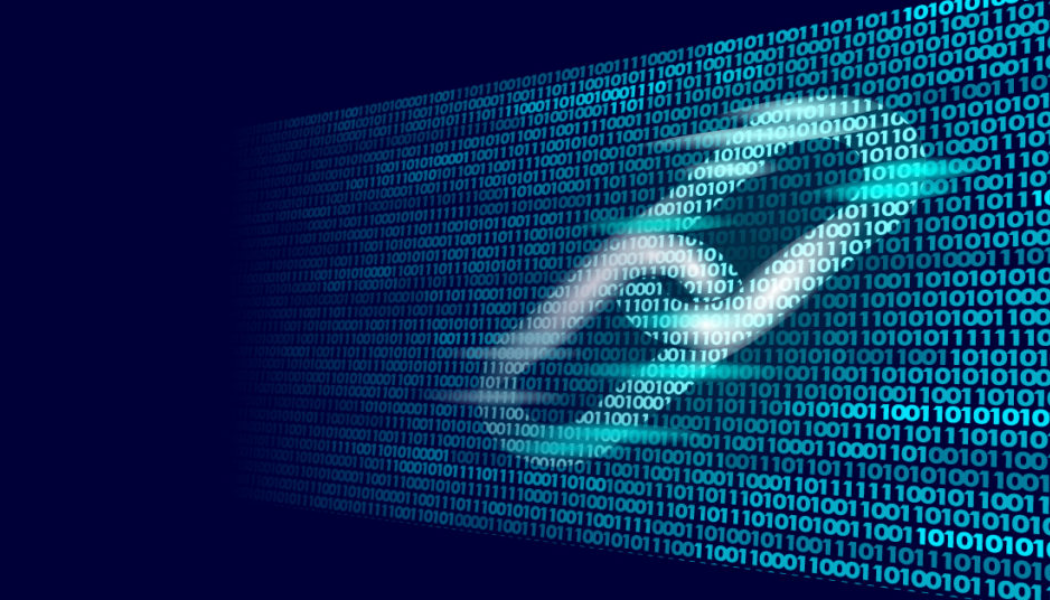In a white paper published in November 2008, Satoshi Nakamoto proposed Bitcoin as the first electronic payment system based on a decentralized peer-to-peer network, without the need for a trusted third party.
The core technology of this protocol, the blockchain, is widely acknowledged as a major breakthrough in fault-tolerant distributed computing, after decades of research in this field.
In overly concise terms, we can define the blockchain as a database that contains all the transactions ever executed in the Bitcoin network. It consists of a permanent, distributed, digital ledger, resistant to tampering and carried out collectively by all the nodes of the system.
The formidable innovation introduced by this technology is that the network is open and participants do not need to know or trust each other to interact: the electronic transactions can be automatically verified and recorded by the nodes of the network through cryptographic algorithms, without human intervention, central authority, point of control or third party (e.g. governments, banks, financial institutions or other organizations).
Even if some nodes are unreliable, dishonest or malicious, the network is able to correctly verify the transactions and protect the ledger from tampering through a mathematical mechanism called proof-of-work, which makes human intervention or controlling authority unnecessary.
The rationale for this protocol is the decentralized trust or trust-by-computation and its importance can hardly be overstated: indeed, it represents “a shift from trusting people to trusting math” (Antonopoulos, 2014), with applicability that goes far beyond the creation of decentralized digital currencies. As an irreversible and tamper-proof public records repository for documents, contracts, properties, and assets, the blockchain can be used to embed information and instructions, with a wide range of applications.
These include, for instance: smart contracts, namely automatized, self-executing actions in the agreements between two or multiple parties; multi-signature transactions, which require the consent of multiple parties for their execution; smart properties, namely digital ownership of tangible and intangible assets embedded to the blockchain, which can be tracked or exchanged on the blockchain itself.

In these cases, the advantage of the blockchain consists of removing the need of a trusted third party (e.g. a notary) and enforcing the execution of instructions by a cryptographic code, with the protection of participants against risks of fraud and a significant reduction of management overheads.
Because of the remarkable advantages related to automation, transparency, auditability and cost-effectiveness, the blockchain may represent a disruptive innovation for many varieties of contracts and business activities. Other important applications of the blockchain include for example the creation of decentralized domain name system resistant to top-level domains censorship (e.g. Namecoin); decentralized voting systems for tamper-proof ballots and election results (e.g. Bitcongress, followmyvote.com); decentralized autonomous organization/corporations/societies (DAOs/DACs/DASs), namely self-sufficient agents derived from artificial intelligence and capable to execute tasks without human involvement, for which the blockchain can provide additional functionality.
The fields of application of the blockchain paradigm are potentially countless, since it allows “the disintermediation and decentralization of all transactions of any type between all parties on a global basis” (Swan 2015, p. x), “with the potential for reconfiguring all human activity as pervasively as did the Web” (Swan 2015, p. vii). For this very reason, the blockchain has been described as “fundamental for forward progress in society as Magna
Charta or the Rosetta Stone” (Swan 2015, p. viii), and it is often referred to as a “Black Swan” – namely an accident of major impact in history that cannot be anticipated, creates surprise to the observer and can only be rationalized by hindsight (Taleb, 2007).

